In Wake of Tavares Resignation Ghosn Reorganizes Renault Executive Suite
Thierry Bolloré, left. Jérôme Stoll, right.
Following the departure of chief operating officer Carlos Tavares, Renault Chairman and CEO Carlos Ghosn has announced that the company will be adding two new divisions to the existing finance, human resources and CEO office functions. Thierry Bolloré is being appointed Chief Competitive Officer, with responsibilities for Design-Product-Programs, Engineering-Quality-IS/IT, Purchasing, Manufacturing and Supply chain. Bolloré’s replacement as executive vice president in charge of manufacturing and supply chain will be Jose Vicente de los Mozos, reporting to Bolloré. The new position of Chief Performance Officer will be filled by Jérôme Stoll, with responsibilities for Sales & Marketing function, and coordinating Renault’s international operations, which apparently will have more autonomy. Michael van der Sande was named senior vice president for Marketing, replacing Stephen Norman, a member of Renault’s management committee, whose future appointment will be announced separately. Bolloré and Stoll will both report to Ghosn, whose published statement said, “Our objective was to take fast, transparent action by putting in place a clear and simple organization. The aim is threefold: to accelerate and expand our ongoing progress, to ensure performance at Group level and to give the regions more responsibility.”
Biographies after the jump.
Thierry Bolloré started his career in 1990 at Michelin, as shop manager in a heavy truck tire factory. In 1993, he became Chief of process and quality central Group for worldwide heavy truck factories, prior to taking the head of method group for heavy truck business units in Europe, South America, Africa and Asia. In 1997, he moved to Japan, as Industrial Assistant of Michelin Passenger car factory, and to Thailand in1998, as production manager in truck factory, before being named Managing Director of Truck and Aircraft Businesses. He was appointed Vice-President in charge of industry for Michelin Aircraft Business worldwide in 2002. Thierry Bolloré joined Faurecia in 2005 to become Vice President Asia of Exhaust Systems Product Group, based in China, and then Vice-President worldwide in charge of Marketing, R&D, Programs, Strategy, Business Development. In 2010, he moved to Faurecia Emissions Control Technologies, as Vice-President in charge of Europe and South Africa prior to becoming Vice-President worldwide, responsible for Industry, Quality and Purchasing. He joined Renault on October, 15th 2012, he is appointed EVP manufacturing and supply-chain and enters the Group executive committee. On September 10, 2013, he is appointed Chief Competitive Officer.
Jérôme Stoll worked at Renault V.I. from 1980 to 1983, then held a position with the senior management team of Berliet Nigeria, a Renault V.I. subsidiary, between 1983 and 1987. He joined Renault’s Finance Department in 1987 and became finance and administrative director at Renault Automation in 1989. He was named director of industrial purchasing in 1995, then director of powertrain purchasing in 1998. Jérôme Stoll was appointed CEO of Renault Samsung Motors when Renault acquired the firm in September 2000. On 1 May 2006, he took up the post of Mercosur Director and became a member of Renault’s Management Committee. On March 1, 2009, Jérôme Stoll was appointed Leader of the Europe Region Management Committee and he was appointed Executive Vice President, Sales and Marketing & Light Commercial Vehicles. On October 1, 2009, he is appointed President of Renault Retail Group. On September 1, 2012, he will focus his action on Sales & Marketing and LCV Division as well as on Renault Retail Group. On September 10, 2013, he is appointed Chief Performance Officer.
Born in the Netherlands in 1965, Michael van der Sande has a MBA from Nyenrode University. He joined Nissan Europe in 1991 and held several marketing and dealer development positions. In 1995, he moved to the United Kingdom to join Rolls-Royce and Bentley Motor Cars as European Marketing Manager. Two years later he was recruited by Harley-Davidson as Marketing Director for Europe, Middle East and Africa. During his twelve years at Harley-Davidson, he held several other marketing, sales, strategy and product planning positions with Harley-Davidson in the UK, Italy and the United States. He was then promoted to Vice-President and Managing Director, with responsibility for all operations in Europe, Middle East and Africa. In 2008, Mr van der Sande joined Tesla Motors as SVP, Sales, Marketing and Service, before being recruited by Aston Martin in 2009 as Chief Commercial Officer, in charge of all sales, marketing, service, parts, retail and merchandising operations globally. On October 1st, 2013, he is appointed Senior Vice-President Marketing of Renault group.
More by TTAC Staff
Latest Car Reviews
Read moreLatest Product Reviews
Read moreRecent Comments
- Probert They already have hybrids, but these won't ever be them as they are built on the modular E-GMP skateboard.
- Justin You guys still looking for that sportbak? I just saw one on the Facebook marketplace in Arizona
- 28-Cars-Later I cannot remember what happens now, but there are whiteblocks in this period which develop a "tick" like sound which indicates they are toast (maybe head gasket?). Ten or so years ago I looked at an '03 or '04 S60 (I forget why) and I brought my Volvo indy along to tell me if it was worth my time - it ticked and that's when I learned this. This XC90 is probably worth about $300 as it sits, not kidding, and it will cost you conservatively $2500 for an engine swap (all the ones I see on car-part.com have north of 130K miles starting at $1,100 and that's not including freight to a shop, shop labor, other internals to do such as timing belt while engine out etc).
- 28-Cars-Later Ford reported it lost $132,000 for each of its 10,000 electric vehicles sold in the first quarter of 2024, according to CNN. The sales were down 20 percent from the first quarter of 2023 and would “drag down earnings for the company overall.”The losses include “hundreds of millions being spent on research and development of the next generation of EVs for Ford. Those investments are years away from paying off.” [if they ever are recouped] Ford is the only major carmaker breaking out EV numbers by themselves. But other marques likely suffer similar losses. https://www.zerohedge.com/political/fords-120000-loss-vehicle-shows-california-ev-goals-are-impossible Given these facts, how did Tesla ever produce anything in volume let alone profit?
- AZFelix Let's forego all of this dilly-dallying with autonomous cars and cut right to the chase and the only real solution.



















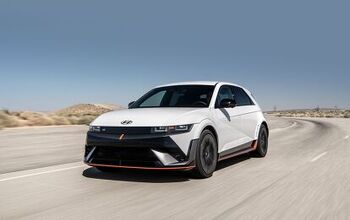
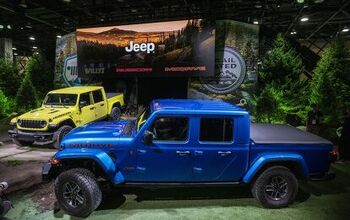
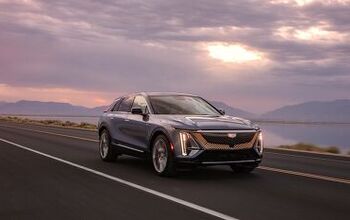
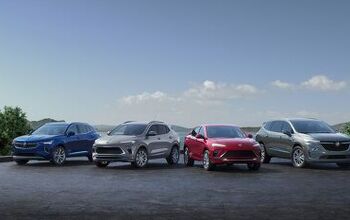
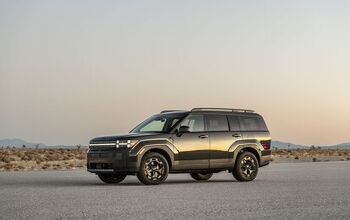
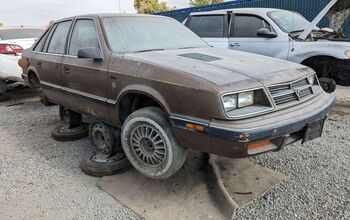
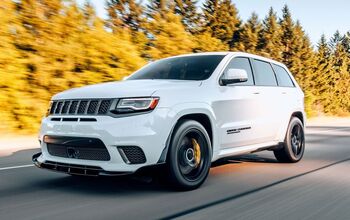
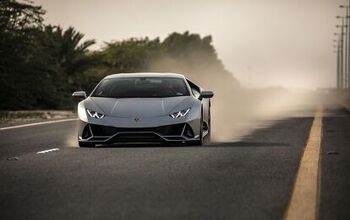
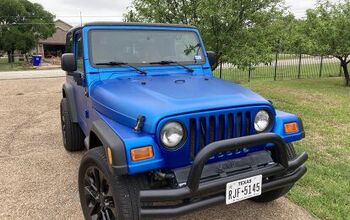
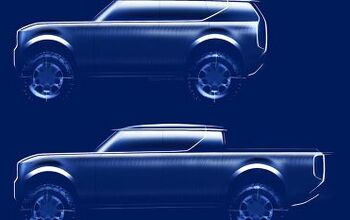

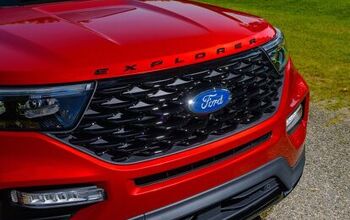



Comments
Join the conversation
Is Ghosn taking the divide and conquer route here? It looks like he's trying to prevent any potential internal rival from getting too big.